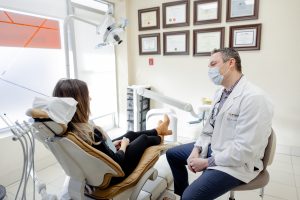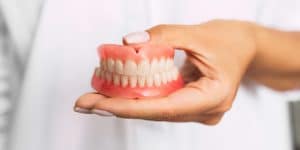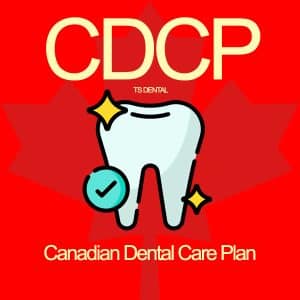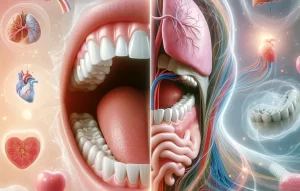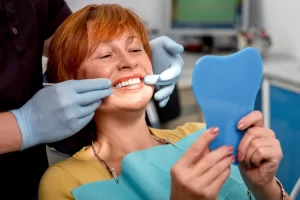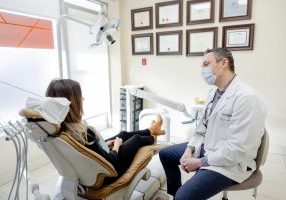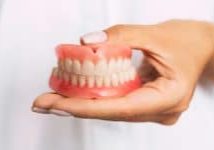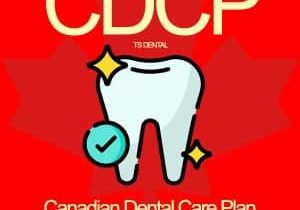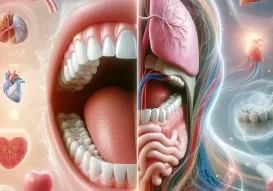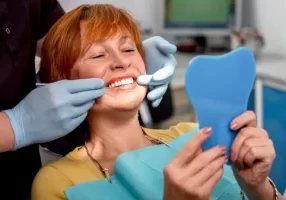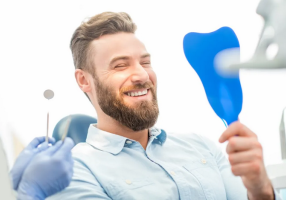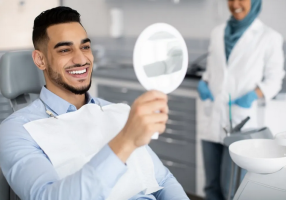Can Orthodontic Treatment Relieve Symptoms of TMD?

Temporomandibular joint disorder (TMD) can cause pain and tension in the jaw joint and surrounding muscles. While there are various treatments available for TMD, orthodontic treatment can be an effective option for relieving TMD symptoms and improving the functionality of your jaw.
What is TMD?
TMD is a condition that affects the temporomandibular joint (TMJ), which connects the jawbone to the skull. The disorder can result from various factors, including jaw misalignment, teeth grinding, stress, and arthritis. Common symptoms of TMD include jaw pain, clicking or popping sounds in the jaw, headaches, and difficulty opening or closing your mouth.
How Orthodontic Treatment Helps TMD
Orthodontic treatment involves the use of braces, aligners, or other appliances to correct misalignments of your teeth and jaw. The goal of orthodontic treatment for TMD is to:
- Realign the Jaw: Correcting misaligned teeth and jaws can alleviate stress on the TMJ and reduce discomfort.
- Improve Bite Alignment: Proper bite alignment distributes forces evenly throughout the jaw, reducing strain on the TMJ.
- Address Teeth Grinding: Orthodontic treatment can help improve the alignment of your teeth, which may lessen teeth grinding habits.
Orthodontic Options for TMD Relief
There are several orthodontic options that may help relieve TMD symptoms, including:
- Traditional Braces: Traditional braces consist of metal brackets and wires that gradually shift teeth into their proper positions. They are effective for correcting complex misalignments and improving bite alignment.
- Clear Aligners: Clear aligners, such as Invisalign® custom trays, offer a discreet and removable alternative to traditional braces. They can effectively treat mild to moderate orthodontic issues, including TMD-related misalignments.
- Functional Appliances: Functional appliances are specially designed to address jaw discrepancies and improve the functionality of your bite and the mobility of your jaw. They are often used in conjunction with braces or aligners to achieve optimal results.
- Retainers: Following orthodontic treatment, wearing retainers helps maintain the new alignment of your teeth and prevent TMD symptoms from recurring.
Advantages of Orthodontic Treatment for TMD
Orthodontic treatment for TMD offers a range of advantages, foremost among them being pain relief. By realigning the jaw and reducing pressure on the TMJ, orthodontic treatment can alleviate TMD-related pain and discomfort. By correcting the alignment of the jaw, orthodontic treatment also allows for smoother and more efficient jaw movement, making it easier to chew and speak. This can help curtail the teeth grinding that often contribute to TMD symptoms.
Consult with an Orthodontist
If you are experiencing symptoms of TMD, consult with a dentist or orthodontist experienced in treating TMD-related issues. Orthodontic treatment can provide long-lasting relief from TMD symptoms and improve the overall function and appearance of your smile. A dental or orthodontic professional will conduct a thorough evaluation to assess your jaw alignment and determine the best orthodontic approach for your needs.The post Can Orthodontic Treatment Relieve Symptoms of TMD? first appeared on Dental Signal.
BUSINESS HOURS

13085 Yonge St Unit #15
Richmond Hill, ON L4E 3S8
905-313-1003



